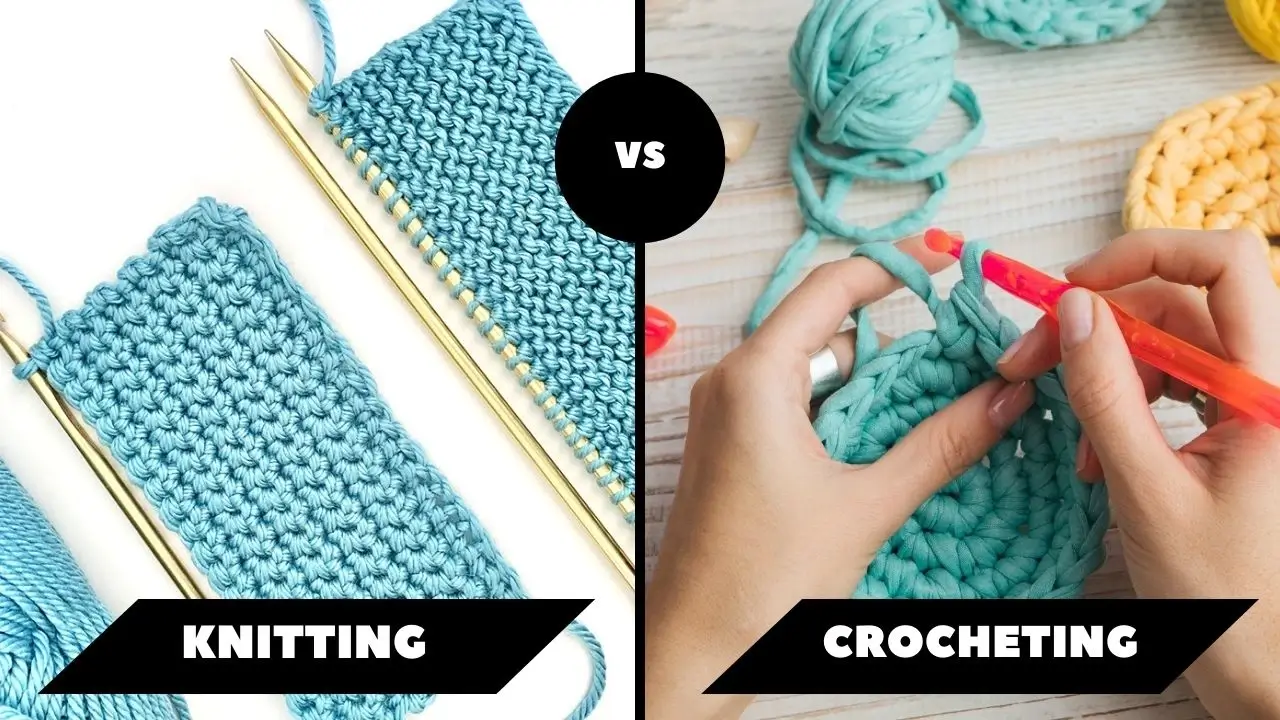Arthritis is a condition characterized by joint inflammation, which can lead to pain, stiffness, and reduced range of motion. Engaging in activities that require repetitive hand movements, such as knitting or crocheting easier with arthritis, can be challenging for individuals with arthritis. However, with the right approach and modifications, it is possible to continue enjoying these crafts.
Understanding Arthritis
Arthritis is a broad term that encompasses various conditions, including osteoarthritis and rheumatoid arthritis. These conditions can affect different joints in the body, including the hands and fingers. The pain and stiffness associated with arthritis can make it difficult to perform fine motor tasks, such as knitting or crocheting.
Knitting and Its Impact on Arthritis
Knitting involves using two needles to create stitches, typically with yarn. The repetitive motion of knitting can help improve joint flexibility and reduce stiffness. However, individuals with arthritis may find it challenging to hold and manipulate the needles, especially during flare-ups. It is important to choose appropriate needle sizes and use ergonomic knitting needles with cushioned grips to minimize discomfort.
Also Read: Why Is Knitting More Popular Than Crochet
Crocheting and Its Impact on Arthritis
Crocheting, on the other hand, uses a single hook to create stitches. The movements involved in crocheting can be less repetitive compared to knitting, which may be beneficial for individuals with arthritis. Crochet hooks with larger handles or grips can provide better control and reduce strain on the hands and fingers. Choosing lighter-weight yarns can also help minimize the stress on the joints.
Tips for Knitting and Crocheting with Arthritis
Use the right tools
Invest in ergonomic knitting needles or crochet hooks with comfortable grips.
Choose appropriate yarn
Opt for lighter-weight yarns that are easier to work with and put less strain on the joints.
Take breaks
Regularly stretch and rest your hands and fingers to prevent stiffness and fatigue.
Modify patterns
Adjust patterns to suit your comfort levels, such as using larger stitches or simplified designs.
Seek support
Join knitting or crocheting communities to share tips, techniques, and experiences with others who have arthritis.
Recommended Tools and Materials
- Ergonomic knitting needles or crochet hooks
- Lighter-weight yarns
- Cushioned grips
- Tape measure
- Stitch markers
- Yarn needles
Modifying Patterns for Arthritis
When working with patterns, consider making modifications that accommodate your arthritis symptoms. This may involve using larger stitches, simplifying complex patterns, or breaking down projects into smaller, manageable sections. Don’t hesitate to adapt the instructions to suit your comfort and abilities.
Seeking Support and Assistance
Joining knitting or crocheting groups, either in person or online, can provide valuable support and assistance. Sharing experiences with fellow crafters who have arthritis can offer insights, tips, and encouragement. These communities often provide a wealth of knowledge and understanding of the challenges faced by individuals with arthritis.
Gentle Exercises and Stretches
Engaging in gentle exercises and stretches for the hands and fingers can help improve flexibility and reduce stiffness. Consult with a physical therapist or occupational therapist for specific exercises tailored to your needs. Regularly incorporating these exercises into your routine can enhance joint mobility and minimize discomfort while knitting or crocheting.
Taking Breaks and Managing Fatigue
Prolonged periods of knitting or crocheting can lead to fatigue and increased joint pain. It is crucial to take regular breaks and listen to your body’s signals. Practice good posture, stretch, and perform hand exercises during breaks to alleviate tension and prevent excessive strain on your joints.
Conclusion
Arthritis should not hinder your passion for knitting or crocheting. By understanding the impact of these crafts on your joints and implementing appropriate modifications, you can continue enjoying these creative endeavors with less discomfort. Remember to use ergonomic tools, adapt patterns, seek support, engage in exercises, and listen to your body. With these strategies, knitting or crocheting with arthritis can be an enjoyable and fulfilling experience.
Also Read: Which Is Prettier Crochet or Knitting
